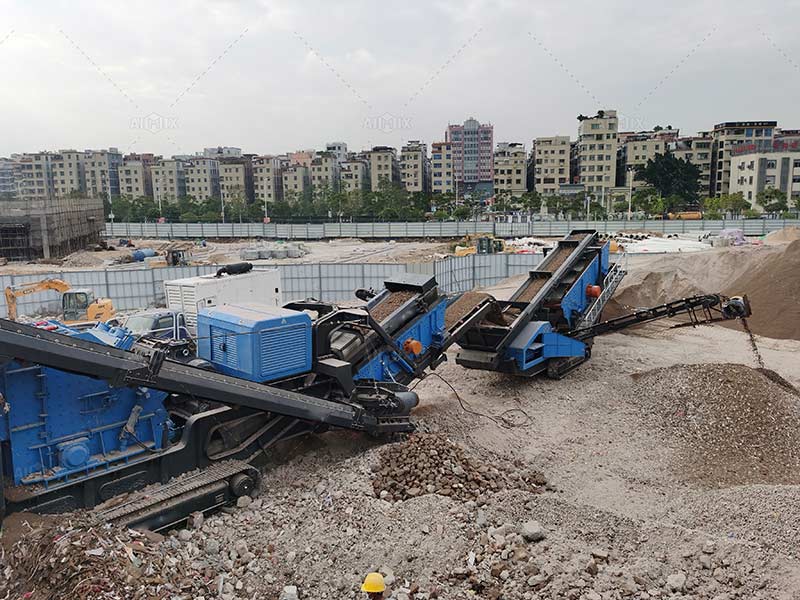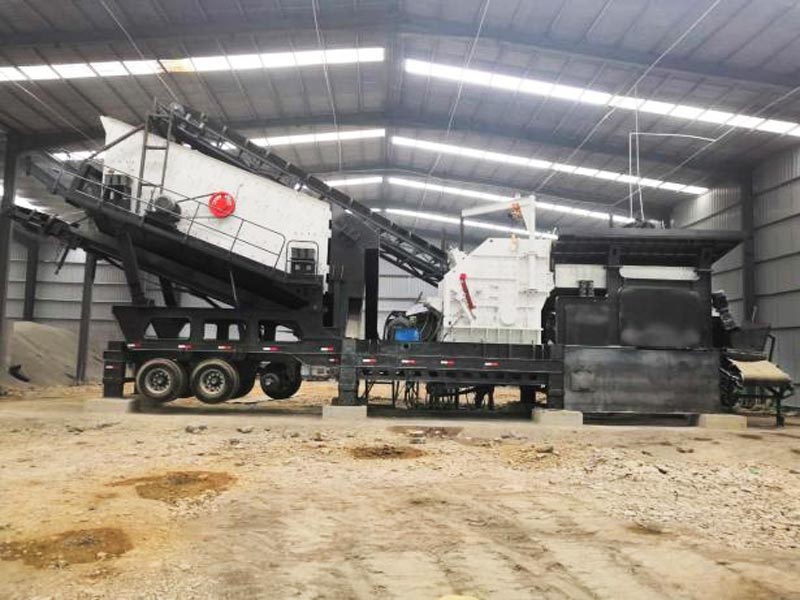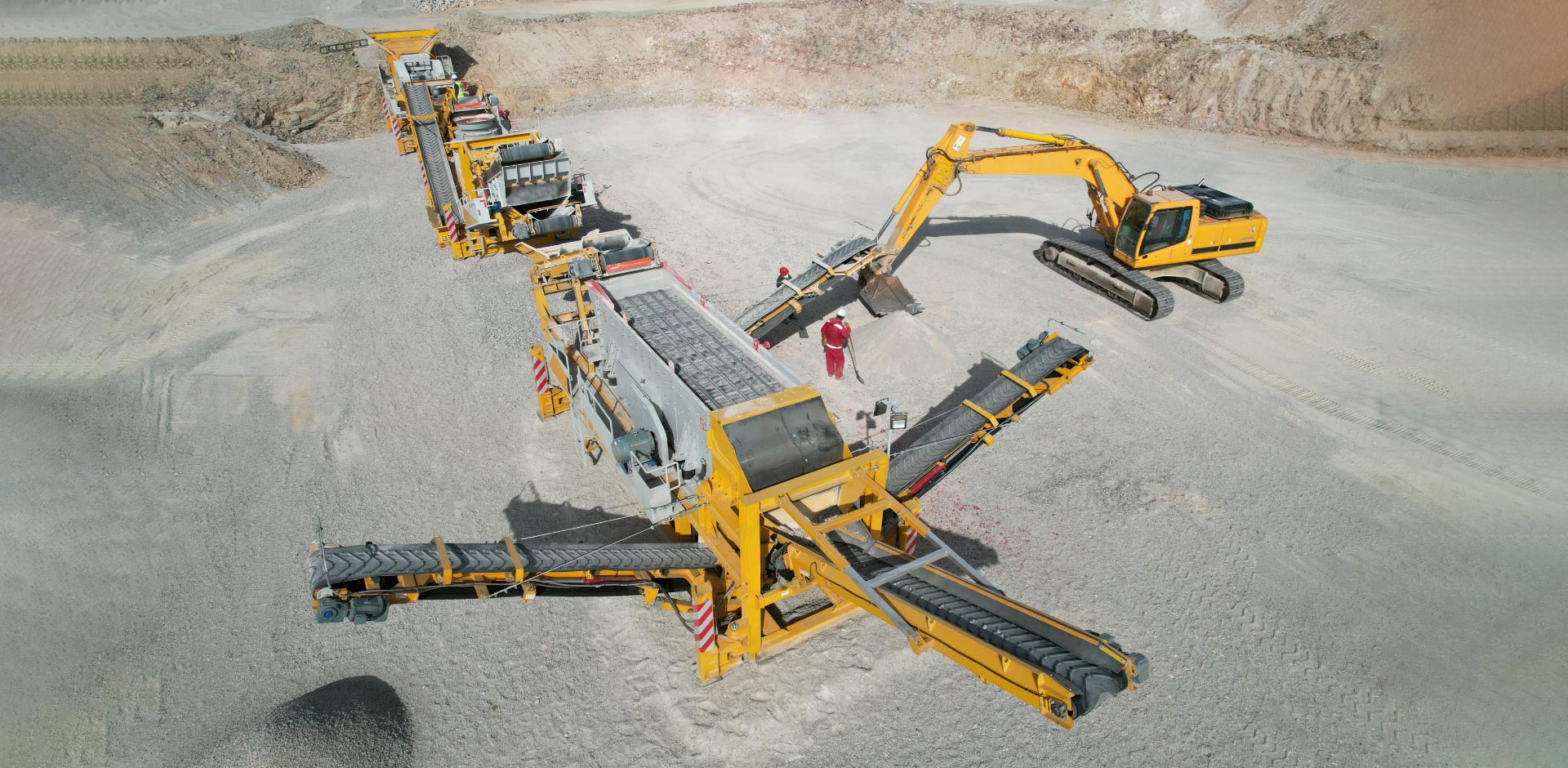Operating stone crushers involves various risks and hazards, making safety a top priority for operators and site managers. Whether it’s a stationary stone crusher plant or a mobile stone crusher plant, adhering to strict safety protocols ensures the well-being of workers and the efficient functioning of the equipment. In this article, we will discuss essential safety protocols for operating stone crushers, helping you create a safer working environment.
Understanding Stone Crushers and Their Hazards
Stone crushers are essential equipment in the mining and construction industries, used to reduce the size of rocks for various applications. However, operating these machines can be hazardous if proper safety protocols are not followed. This article outlines the key safety measures to consider when operating stone crushers(venta de trituradora piedra).
Common Hazards Associated with Stone Crushers
- Crushing Injuries: Workers can suffer severe injuries if they come into contact with moving parts of the crusher.
- Flying Debris: Stone fragments and dust can be hazardous, causing eye injuries or respiratory issues.
- Mechanical Failures: Malfunctions in the machinery can lead to unexpected hazards, including flying debris or machine breakdowns.
- Noise Exposure: Prolonged exposure to high noise levels can result in hearing loss.

Essential Safety Protocols for Stone Crusher Operations
Implementing comprehensive safety protocols can significantly reduce the risks associated with operating stone crushers. Here are some key protocols to follow:
1. Conduct Regular Training
Ensure all operators and workers receive thorough training on how to safely operate stone crushers(planta trituradora piedra). Training should cover the following aspects:
- Understanding the machine’s operation and controls
- Recognizing potential hazards and how to avoid them
- Emergency procedures and response actions
- Personal protective equipment (PPE) usage
2. Use Appropriate Personal Protective Equipment (PPE)
Providing and enforcing the use of PPE is critical in safeguarding workers. Essential PPE for stone crusher operations includes:
- Hard hats to protect against head injuries
- Safety glasses or face shields to protect eyes from flying debris
- Ear protection to prevent hearing loss from high noise levels
- Dust masks or respirators to prevent inhalation of harmful dust
- Gloves and safety boots to protect hands and feet

3. Implement Machine Guarding
Ensure that all moving parts of the stone crusher are adequately guarded. Guards should be in place around belts, pulleys, gears, and other moving components to prevent accidental contact. And you can click this link to get more facts: https://aimixgrupo.com/plantas-chancadoras-de-piedra-peru/
4. Conduct Regular Maintenance and Inspections
Performing regular maintenance and inspections on stone crushers can prevent mechanical failures and reduce hazards. Key maintenance tasks include:
- Checking and replacing worn or damaged parts
- Lubricating moving components to prevent friction-related issues
- Inspecting electrical systems and connections for safety
- Ensuring all safety guards and shields are intact
5. Establish Safe Operating Procedures
Develop and enforce safe operating procedures for all stone crusher operations. These procedures should include:
- Pre-start checks to ensure the machine is in good working condition
- Safe start-up and shut-down procedures
- Clear communication protocols for coordinating with other workers
- Emergency stop procedures in case of an incident
Conclusion
Operating stone crushers, whether in a stationary stone crusher plant or a mobile stone crusher plant(planta trituradora móvil piedra), requires strict adherence to safety protocols to protect workers and maintain efficient operations. By conducting regular training, using appropriate PPE, implementing machine guarding, performing regular maintenance, and establishing safe operating procedures, you can create a safer working environment for all involved. Prioritizing safety not only prevents accidents but also enhances productivity and ensures the longevity of the equipment.
